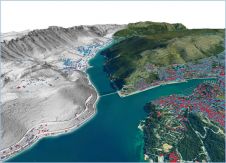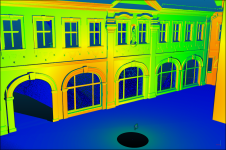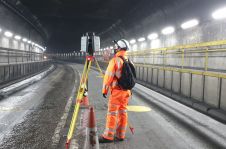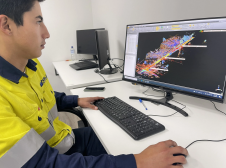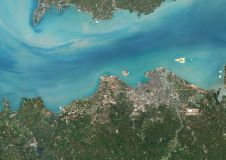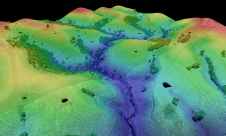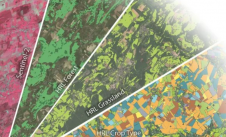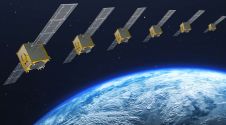Special
Geo-Data特殊地位的年份已经一去不复返了。越来越多地认为,决策者应将计划基础的整体组成部分。当然,Geo-Data一直是整个情况的一部分,但是近年来,所有新的收集和处理技术都可以将其与众不同。幸运的是,现在的趋势是集成数据。Rijkswatestaat正在发生的事情,将Geo Data与其他种类合并并因此将其视为不同的一个很好的例子。荷兰公共机构负责确保基本构成荷兰的三角洲河水平衡,正在中止其地理信息分支。该分支机构将与新的内部数据ICT服务合并,该服务将将地理数据与Rijkswatestaat收集和管理的其他各种信息相结合,以服务道路和水道。
This combined strength behind decision making is the most important benefit of integrating data. Getting it all together. Over recent decades, big, new infrastructure projects have all too often been executed on a standalone basis. Highways have been planned to lighten traffic density, dykes raised to meet new and expected sea levels, industrial areas developed to provide room for a lot of new activity. But has all this been done in the best possible way, to preserve or create the best environment for citizen and nature alike? The intention was undoubtedly there, and undoubtedly many projects led to improvements. But dividing up decision-making responsibilities and prerogatives or not taking all available data into consideration has also often meant projects being halted when it would have been better to carry them through, and others executed when a rethink would have been the better option.
总而言之,目的必须是建立关于荷兰等国家(在世界其他地区的地区)的建模,该地区可能是一个地区,省甚至一个县),以应对气候变化的挑战,人口增长和城市化。只有这样,对于那些必须居住在那里的人来说,才能确保更好的生活环境。Rijkswaterstaat始终处于开发领先的基础设施项目的最前沿,目的是保护该国及其居民免受高水位的影响。将地理数据集成到整个决策过程中,将使达成一个大型,协调的视野变得更加容易。从某种意义上说,即使与其他数据集成在一起,这种地理信息将保持与众不同,这是决策的关键。
一个快乐,健康和特别的2008!
使您的收件箱更有趣。Add some geo.
Keep abreast of news, developments and technological advancement in the geomatics industry.
免费注册

